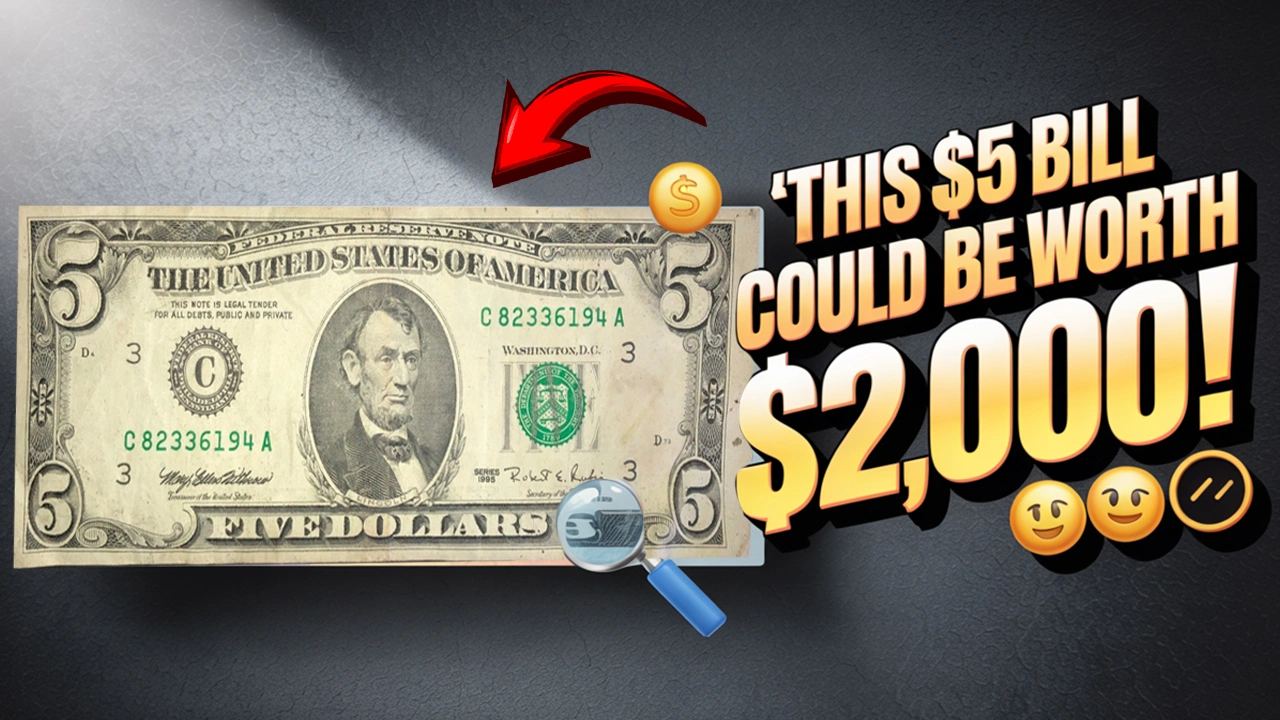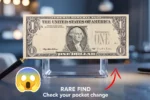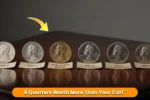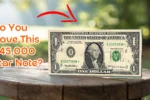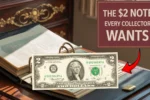Check Your Pocket Change: Have you ever wondered if there’s a hidden treasure in your wallet? Among ordinary bills, there are rare misprints that collectors are eager to find. One such curiosity is the 1995 $5 bill with an inverted seal. This printing error has turned an everyday banknote into a collectible worth far more than its face value.
What Makes the 1995 $5 Bill With Inverted Seal So Special?
The inverted seal error occurs when the U.S. Treasury seal, normally placed upright, is printed upside down. This happened during a misalignment in the printing process of some 1995 $5 bills. Since such errors are rare, collectors value these notes highly, depending on their condition and uniqueness.
How to Spot the Inverted Seal on Your $5 Bill
To check for this error, look at the green Department of the Treasury seal to the right of Abraham Lincoln’s portrait. On an inverted seal bill, this emblem is noticeably upside down compared to its usual position. It’s a subtle detail, so take a moment to inspect your bill carefully under good lighting.
Why These Misprints Are Highly Prized by Collectors
Currency errors like the inverted seal attract interest because of their rarity and novelty. For collectors, they represent anomalies in an otherwise precise and regulated system of currency production. Depending on factors such as the bill’s condition, serial number, and demand in the collector’s market, these notes can sell for significantly more than $5.
How Much Could a 1995 $5 Inverted Seal Bill Be Worth?
The value of a 1995 $5 inverted seal bill can vary widely. Crisp, uncirculated examples may fetch hundreds of dollars or more at auction. Even bills in circulated condition can command a premium if the error is clearly visible and the note is in decent shape. It’s always best to have the bill authenticated by a reputable currency dealer or grading service before selling.
What to Do If You Find a 1995 $5 Bill With an Inverted Seal
If you believe you’ve found one of these rare notes, avoid spending it. Place the bill in a protective sleeve to prevent further wear. Then consult a professional currency appraiser or numismatist to confirm its authenticity and assess its value. Many collectors and dealers will be interested in such a find.
FAQs About the 1995 $5 Bill With Inverted Seal
What is an inverted seal on a $5 bill?
It’s a printing error where the Treasury seal appears upside down, caused by a misalignment during production.
How rare is the 1995 $5 inverted seal bill?
It’s quite rare, with only a limited number known to exist.
Can a worn or damaged inverted seal bill still be valuable?
Yes, though bills in better condition usually fetch higher prices, even a circulated one can hold value for collectors.
Where can I sell my inverted seal $5 bill?
You can approach currency dealers, auction houses, or online marketplaces specializing in rare collectibles.
Do other denominations have inverted seal errors?
Yes, inverted seal errors have been found on other denominations, but each instance is rare and valued differently.
